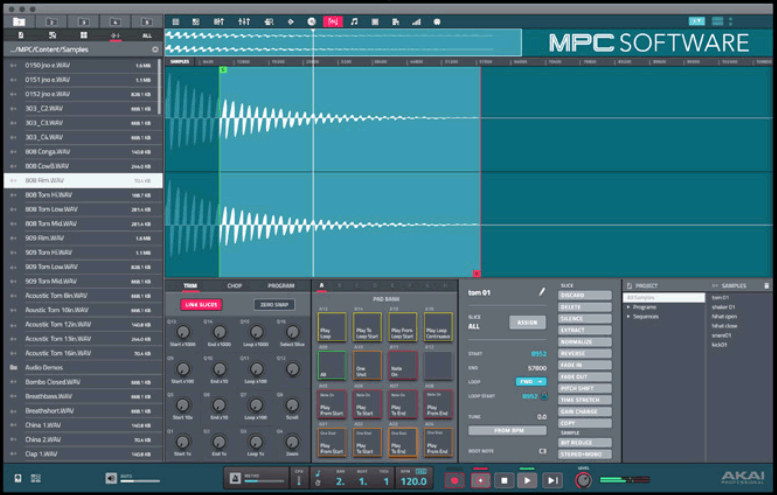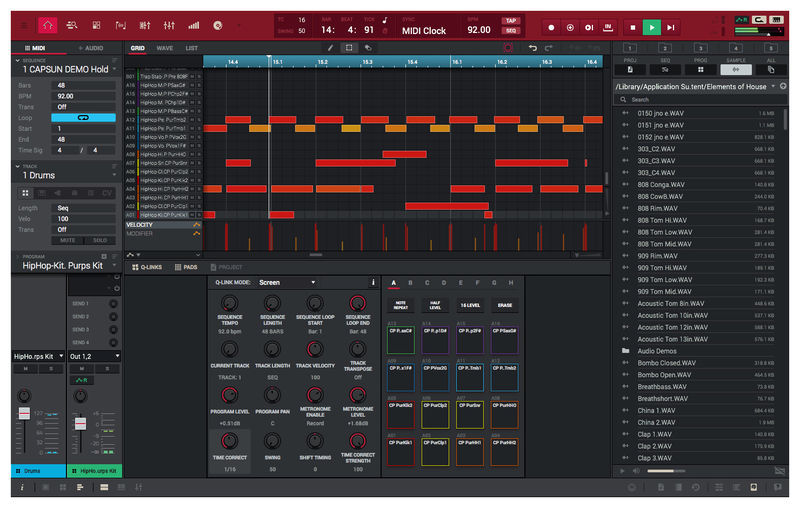
All of the options on this list are good choices, but your long term plans as a beat maker will be the determining factor.īefore we get into the full analysis, let’s clear up a few common questions… Should you use free beat making software? Generally speaking, your decision will ultimately come down to your particular needs. MPC Beats is the newest choice, and is excellent for traditional beat making workflows.Īlso, Cakewalk is the most full-featured program, but has a steep learning curve for beginners and is only available for Windows.įinally, Waveform Free and LMMS are simple and intuitive programs, but have limitations which separate them from truly competing with the established paid options.

So which is the best free beat making software? We evaluated the options based on the essential features every beat maker needs:Ī step sequencer, a native sampler, and compatibility with third party plugins. In this post, we’re going to uncover the top free beat making software on the market. Luckily for you, you don’t need to spend money to build your own home recording studio. Needless to say, that makes the MPC Studio a sweeter deal for newcomers.As a beginning music producer, you may not be ready to spend money on expensive equipment, including a digital audio workstation. Update 9/21 6:10PM ET: Akai now says MPC 2 is included, not separate as we originally wrote.


This could make Akai's universe considerably more accessible if you're new to this kind of music making. MPC 2 is thankfully included, so it's a relative bargain so long as you have a production-ready computer. The MPC Studio is available today for $269. Think of the MPC Studio as Akai's answer to Ableton's Push - it's hardware that brings out the software's full potential. You'll have access to eight plugin instrument engines as well as sampling, MIDI sequencing, arranging and other parts of the MPC workflow. Akai has been pouring much more of its energy into its MPC 2 software, including a large update in July that added AIR plugins and on-device pitch correction. The software, unsurprisingly, plays a key role.

A color LCD helps keep your focus on the controller when you're chopping samples or fine-tuning effects. Plug it in and you can produce tunes with the signature 16 drum pads (with pressure, velocity and aftertouch control) as well as an assignable touch strip that lets you twist instruments and synths. The company has introduced an MPC Studio controller built solely to tie in with MPC 2 software on your Mac or PC. That ecosystem just became much more affordable if you have a computer, however. Akai's MPC hardware is normally an expensive investment - you're looking at $699 for the 'entry' One production studio.


 0 kommentar(er)
0 kommentar(er)
